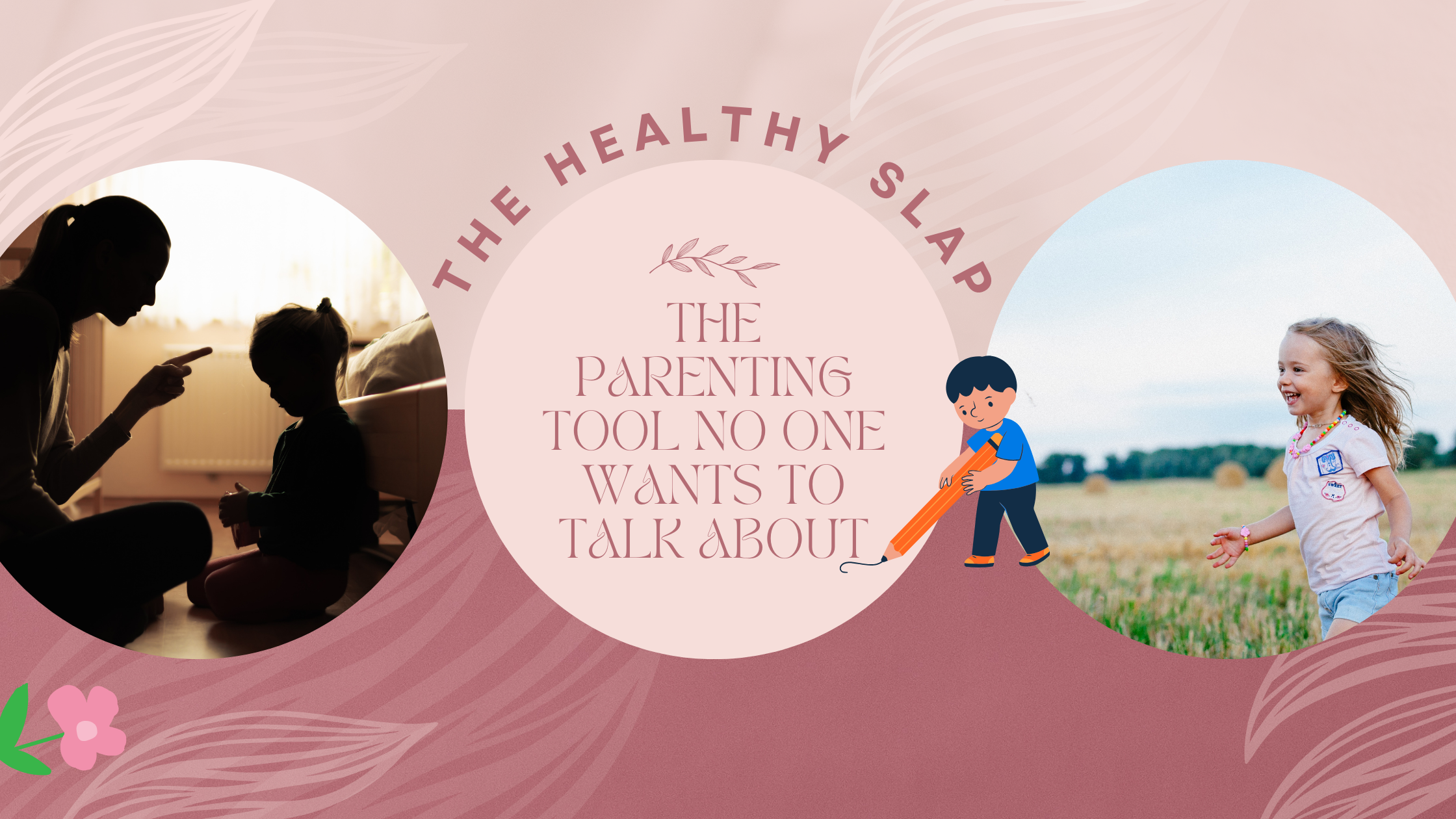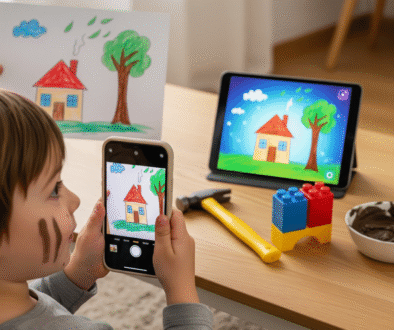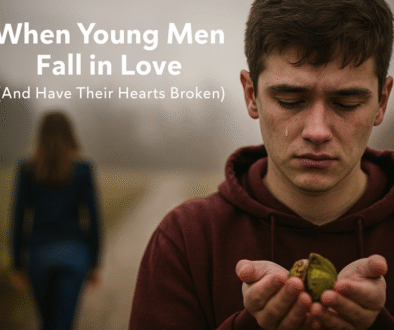
The Parenting Tool No One Wants to Talk About
“Another parenting article about patience?” I muttered to myself, scrolling.
The toddler beside me was busy trying to flush my car keys down the toilet.
“Yes. But this one’s different,” I whispered, mostly to my dog. “It’s about the healthy slap in parenting”
The Truth About the Healthy Slap
“Wait, are you saying…?” my friend asked, wide-eyed over Zoom.
“Yes. A well-timed, controlled, healthy slap,” I said, waving my hands. “Not angry, not humiliating, just instant boundary-setting.” This is an example of the healthy slap in parenting.
Kids are impulse-driven. They don’t negotiate logic. They test limits constantly. A toddler running toward a busy road? You grab. A child about to stick something metal into a socket? No time for calm explanation—quick slap, firm no, life lesson delivered.
Why Words Aren’t Always Enough
“Just explain calmly,” people say.
I laugh. “Try telling a two-year-old, ‘That’s dangerous,’ while they’re climbing the kitchen counter like Spider-Man.”
Children’s brains are still developing. Prefrontal cortex? A work in progress until their mid-20s. Pain is a teacher built into humanity. Touch a hot stove once, and you don’t need a second lesson.
Discipline in the Real World
In classrooms, teachers face the same truth. Twenty three-year-olds? Many have learned endless negotiation works. Parents wonder why their child isn’t listening—when in reality, the teacher is juggling chaos.
Occasional, controlled, healthy slaps act like an emergency stop—preventing broken bones, burns, and hospital visits. It’s not punishment. It’s a “stop sign.”
The Healthy Slap as an Emergency Stop
Picture this: a three-year-old gleefully hurling a glass cup off the table after hearing “no” three times. Do you calmly explain gravity a fourth time? Or do you grab their hand, give a light slap, and make sure “no” finally means no?
Kids aren’t tiny philosophers—they’re chaos-loving explorers. Sometimes a moment of physical feedback communicates faster than ten minutes of talking.
The Bigger Picture: Trust & Boundaries
Irony alert: children who experience clear, firm boundaries—even rare, well-placed physical corrections—often feel safer. They trust caregivers to keep them alive, healthy, and secure.
Compare that to kids whose parents only talk, with no follow-through. Those kids often feel anxious and insecure because they’re forced to figure out limits themselves.
Final Thought: It’s Not for Everyone—But It’s Not the Enemy Either
“Could you parent without ever using a slap?” my friend asked.
“Yes,” I said. “If you raise predictable, obedient mini-adults. But most of us? High-speed, risk-taking, unpredictable humans. Sometimes a rare, healthy slap is necessary.”
It’s not abuse. It’s not failure. It’s just another tool in the box, often demonized in a world that forgets toddlers aren’t adults. And if you’ve ever seen a toddler grin while flushing car keys down the toilet, you know exactly what I mean.
Sometimes, the healthy slap in parenting is exactly what keeps chaos from turning into disaster.


